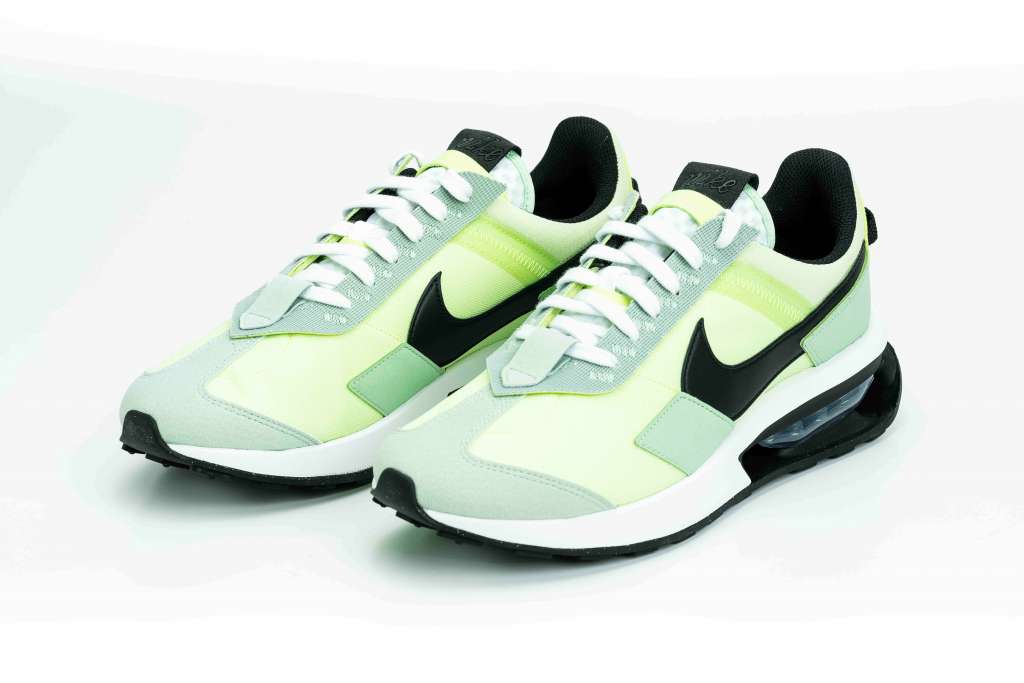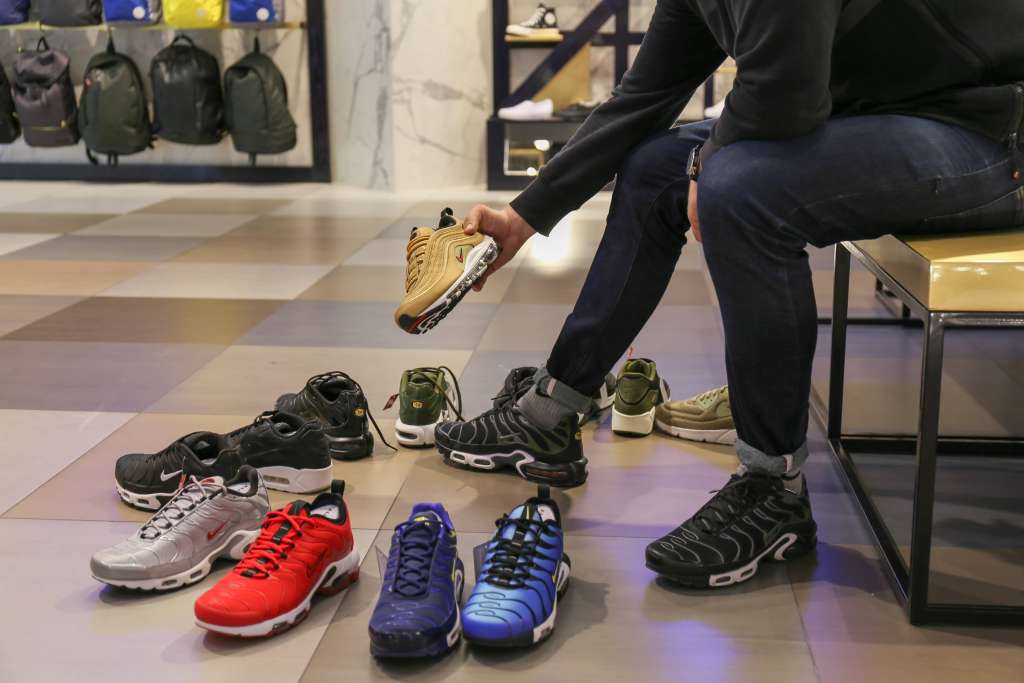What Nike Is Doing To Become More Sustainable In 2023



Summary: Rated as the world’s most favorite brand, Nike is making all the right moves toward sustainability. How is Nike's sustainability program faring in the face of a multitude of allegations? We take a brief look at it.
Nike’s Sustainability Initiatives
In November 2022, the world's human population reached 8 billion. The highest ever the planet has witnessed since the big bang. The burgeoning population comes with its own set of issues, increased consumption of natural resources, and higher levels of pollution and greenhouse emissions. Sustainability now holds more value than ever. In an ever-changing world, it is becoming an increasingly important issue for individuals, businesses, and governments.
That said, the world cannot have enough of Nike. It’s been around for 57 years and is still the world’s most valuable brand according to the 2022 release by Kantar. Nike is no stranger to being dragged into controversies. The company has been the subject of criticism regarding its labor practices and environmental impact. Nevertheless, Nike's sustainability initiative has begun, and it is taking mindful, science-based steps to become net zero in the near future.
Move To Zero
Nike’s move to zero campaign is taking a stand against climate change through bold, science-based targets. It is a clarion call for everyone in the organization.
The initiative has several key components that focus on different areas of the company’s operation. We are listing some of them in this article.
Carbon Emissions

Nike states that its climate impact is similar to a global city. The acceptance of this fact has made the company take a stock of its emissions. Its emissions were 11,706,664 metric tons of CO2e in FY20. If Nike were a city, it would have roughly the population and carbon footprint of Amsterdam, the Netherlands.
On the flip side, the production of footwear and apparel has a significant environmental impact due to the use of resources and the release of pollutants during the manufacturing process. Nike has been criticized for not doing enough to reduce its environmental footprint and for not being transparent about the environmental impact of its products.
Nike has stated that 78% of its products (Nike, Jordan, and Converse) contain some amount of recycled material. It is aiming to increase the percentage of recyclable materials in its upcoming products. Material consumption accounts for about 70% of the company’s carbon footprint.
Low-impact Materials

A majority of Nike’s products are made from polyester. Polyester fiber is derived from petroleum - notorious for pollution. Recycled polyester is a low-impact polyester derived from ocean plastic and plastic bottles. The high-quality yarn derived from them helps in reducing carbon emissions by 30% compared to virgin polyester.
Nike has also committed to using 100% sustainable cotton, leather alternatives, and other such low-impact materials by 2025. Considering the size of Nike, the introduction of small changes like recycled materials can help in making a significant impact.
Reducing Pollution

In 1995, the Vice President of the World Bank, Dr Ismail Serageldin said, "If the wars of this century were fought over oil, the wars of the next century will be fought over water -- unless we change our approach to managing this precious and vital resource." At Nike, 91% of its overall freshwater footprint is tied to material sourcing and manufacturing.
Growing cotton accounts for 69% of Nike’s overall global water footprint. Cotton is a key raw material for the fashion industry. The critical growth phase of cotton is being researched and strategies are being implemented to reduce water consumption. Nike's use of recycled cotton helps in reducing water use entirely.
The brand’s watershed restoration work focuses on reducing freshwater footprint, improving soil health and reducing pesticide runoff.
Reuse-A-Shoe

The fashion industry including Nike has a massive landfill problem. The used, damaged, and unsold inventory is mostly sent to landfill, especially in third-world or developing countries. Nike has set a goal to recycle 10X more used and defective products by 2025.
The company has set up Nike Refurbished in select North American stores. People can come in and give their used shoes to the store. They are also conducting workshops teaching up-cycling to help extend the life of Nike shoes. In addition to this, they’re sharing content (videos & blogs) to extend the life of their products for all their customers across the world.
Nike's sustainability practice has just begun to take shape. Through its multi-pronged approach, Nike is making changes from resources to its manufacturing cycle. To stay relevant for 57 years is no mean task, and Nike knows what it takes to get its eco-conscious customer's attention.
Fashinza helps all brands irrespective of their size and scale to bring their creations to life. We have a network of sustainable manufacturing partners with whom the brands can connect. Our AI and tech-based platform ensures that you're on top of things.
To know more about our platform, chat with an expert today.
Key Takeaways
- Nike's move to zero is a landmark initiative to achieve net zero emissions by 2050
- Its watershed restoration work is making a significant contribution to ensuring water security
- It has tied up with production partners who are certified for fair labor and sustainable practices



















